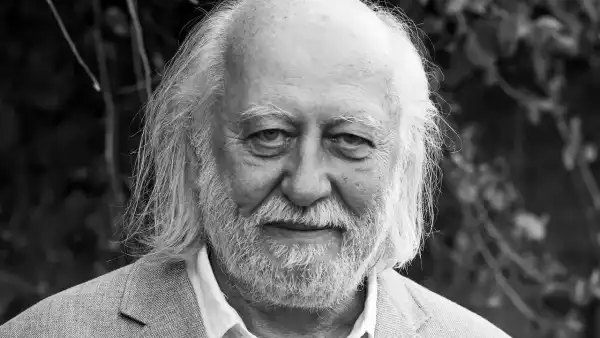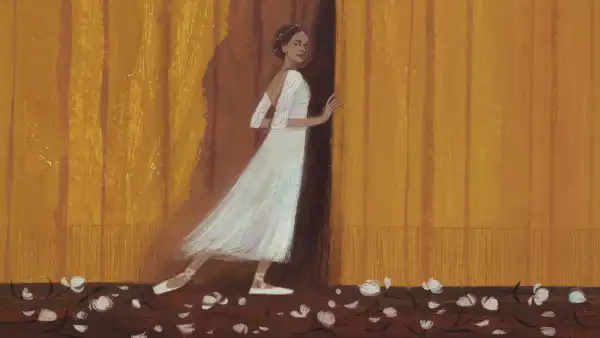
Save this storySave this storySave this storySave this storyYou’re perusing the Goings On bulletin, a compendium of our weekly recommendations for viewing, hearing, and experiencing. Subscribe to have it delivered right to your mailbox.
Sometimes a comeback serves as a valediction as well. Misty Copeland, the inaugural Black female lead dancer at American Ballet Theatre, could be deemed the most recognized American dancer of her time, yet she hasn’t actually graced the stage in a ballet for half a decade, dating back to before the global health crisis. In that span, she hasn’t been inactive: she released multiple literary works, welcomed a child, and launched a nonprofit that extends guidance—and ballet education—to children in underserved locales. Her profession, along with her championing of Black dancers, has demonstrably influenced shifts in perspectives within the art form. Yet, an element remained incomplete: the quintessential ballet adieu. The glitter, the abundant floral arrangements, the emotional outpourings. Thus, she’s returning for one concluding showing, on Oct. 22, as a component of A.B.T.’s autumn program at Lincoln Center’s David H. Koch Theatre (Oct. 15-Nov. 1).
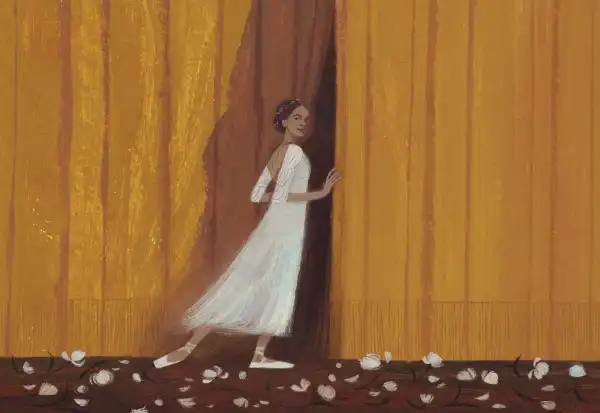
Illustration by Hayden Goodman
It’s challenging to overemphasize the dedication and resolve Copeland required to reassume pointe work after such a break. At her swan song, she’ll enact an exquisite pas de deux from Kenneth MacMillan’s “Romeo and Juliet” and an excerpt from Twyla Tharp’s sensuous “Sinatra Suite.” Additionally, Kyle Abraham, a choreographer who recently infused ballet with his alluring, serpentine style, has been commissioned to compose a farewell segment for Copeland and her longtime counterpart Calvin Royal III. (Royal emulated Copeland’s journey, ascending to the pinnacle of the ballet pecking order at A.B.T.)
The remaining portion of A.B.T.’s three-week engagement is an assemblage of vintage and contemporary works. One segment showcases three ballets originating from the company’s formative years, including Antony Tudor’s 1938 “Gala Performance,” a parody of ballet affectations and prima donna airs. Another reflects upon Twyla Tharp’s prolonged bond with the organization, commencing in 1976 with “Push Comes to Shove,” a dazzling display of music-hall humor and virtuosity that she conceived for the newly arrived Mikhail Baryshnikov. (It will be performed by two of the company’s prevailing cadre of master performers, Isaac Hernandez and Jake Roxander.) Still another segment merges a new piece by the Brazilian-born Juliano Nunes with one of the most potent works crafted for the company in the past decade, Alexei Ratmansky’s “Serenade After Plato’s Symposium.”—Marina Harss

About Town
Indie Rock
The Burlington indie rocker Greg Freeman discreetly launched his 2022 début, “I Looked Out,” a masterpiece of despondent Americana, without label support or promotion. Shaped by the working-class lyricism of alt-folk musicians such as Jason Molina and Jay Farrar, Freeman narrated accounts of labor unrest, cross-country expeditions, interactions with the natural world; his austere, adolescent dejection garnered devoted follower. “Burnover,” his latest—on which he performs ten instruments, including glockenspiel, violin, and concertina—is more exuberant, extracting coarse vitality from his concert performances, where he and his ensemble have captivated the attention of the nineties synth-rock luminaries Grandaddy, who are including them on tour this fall. Freeman impresses audiences with a wailing inflection that borders on collapse but never fully succumbs.—Holden Seidlitz (Brooklyn Steel; Oct. 15.)
Off Broadway
In the invigorating, dual-language theatrical production “Mexodus,” steered by David Mendizábal, Brian Quijada and Nygel D. Robinson—exceptional composer-actors—recount the saga of Henry (Robinson), an indentured individual who escapes Texas for Mexico, which attained complete liberation by 1829. Carlos (Quijada), the Mexican former medic who saves Henry from the Rio Grande, imparts to him the expression “Todos estamos juntos en esto,” and musically, too, the pair underscores unity, employing live-looping technology so the duo can emulate the sound of a multitude. In their expertise, everything constitutes border music: ranchera, rap, classical piano, heavy-based funk. Within a mesmerizing, delicately plucked duet, their guitars convey nuanced tenderness in instances where the prospective friends still stammer.—Helen Shaw (Minetta Lane; through Nov. 1.)
Hip-Hop
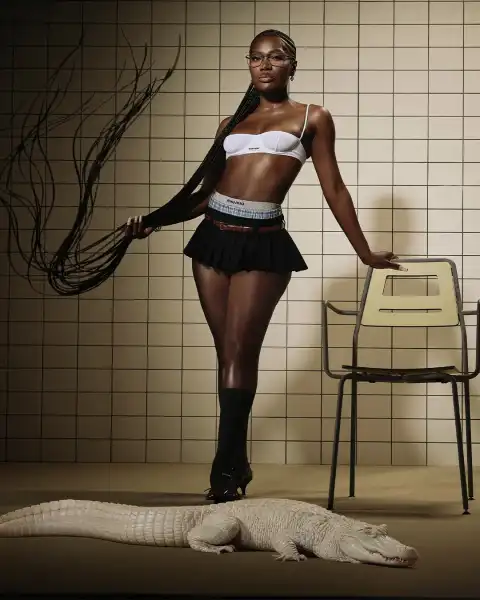
Photograph by C Prinz
When Doechii emerged as only the third woman to secure the Grammy for Best Rap Album, this past February, it felt less like a formal induction than a realization unfolding. The protracted, comprehensive compilation that garnered the award, “Alligator Bites Never Heal,” was spirited and multifaceted, brimming with an eagerness to excel. In 2022, the Tampa emcee translated viral acclaim into agreements with Top Dawg Entertainment and Capitol Records, initiating a stellar ascent that seemed fated. Her linguistic dexterity is adaptable, her rhythms vibrant, and she discovers the ideal equilibrium between time-honored and modern sensibilities. Doechii appeared to funnel all her fervor into her Grammy performance, which authoritatively denoted her shift to prominence.—Sheldon Pearce (The Theatre at MSG; Oct. 20.)
Classical
In 1613, Dutch colonialists and the Haudenosaunee forged a peaceful covenant, currently recognized as the Two Row Wampum Treaty. The understanding constitutes one of the earliest documented instances in the lengthy, intricate, and brutal narrative between European interests and Indigenous communities in North America. Terminology, chronologies, and identities from pacts of this nature appear in the composer Jerome Kitzke’s twenty-four-part composition “I Wonder If This Ground Has Anything to Say (A Treaty Illumination).” The work, showcased in its world première by the contemporary music assembly thingNY, casts a spotlight on the enduring—and insufficiently addressed—inequities confronting Indigenous inhabitants, and the obligations of the U.S. government to uphold its commitments.—Jane Bua (Merkin Hall; Oct. 16.)
Art
Two distinguished exhibits at Gordon Robichaux share a parallel subject matter: the artifacts forsaken and our subsequent actions. In the artist DW Fitzpatrick’s understated works, his incorporation of chewed writing implements and a plastic replica of a digit suggests absent figures, yet the spirits of the alive maintain a forceful presence. Fitzpatrick’s perceptive awareness informs the clever and sage dial for the sculpture “Arm Got Lost on Way to Sleeve” (2025). The sixty-one-year-old artist’s hues, when employed whatsoever, are subtle, while the magnificent performer and collagist Agosto Machado’s universes are characterized by chroma and density. In his devastating “Anna May Wong (Altar)” (2025), the iconic Chinese American figure is depicted in photographs juxtaposed with a rose-tinted shawl and an iron—evoking the stereotypical portrayal of a Chinese woman as a laundress. The brilliant “Untitled (Obituaries)” is a mosaic of death announcements of the artist’s associates, illustrating how prematurely time expired for numerous gay individuals with the inception of AIDS, and how time persists in elapsing for all of us.—Hilton Als (Through Oct. 26.)
Movies

“It Was Just an Accident.”Photograph courtesy NEON
In the Iranian director Jafar Panahi’s latest cinematic drama, “It Was Just an Accident,” a political suspense film crafted surreptitiously in and around Tehran, a chauffeur identified as Eghbal transports his vehicle to a repair shop along a secluded country pathway. There, an artisan named Vahid, a previous political detainee, suspects recognizing Eghbal as a law enforcement figure who subjected him to torture. Following the apprehension of Eghbal, and while preparing to eliminate him, Vahid questions his own recollection (he was visually impaired in custody) and, loading the captive into a conveyance, pays visits to other past political prisoners seeking validation; they present a spectrum of reactions. The narrative hinges on allegory-esque coincidences and ethical abstractions, yet they are outweighed by the exhaustive particulars of existences shattered and psyches molded by unspeakable atrocities.—Richard Brody (Opening Oct. 15.)

Pick Three
Paige Williams on crime narratives that advance the genre without wrecking the soul.
1. Prior to David Simon’s creation of “The Wire,” he devoted time away from his journalistic role at the Baltimore Sun to compose a literary work, “Homicide: A Year on the Killing Streets,” a notably precise portrayal of law-enforcement duties. (Engage with it for a vibrant elucidation of the Miranda provision alone.) The 1991 composition promptly prompted an eponymous NBC production starring the illustrious, deceased Andre Braugher (visualized). All seven seasons are currently accessible for streaming on Peacock. It’s gratifying to revisit Detective Frank Pembleton.
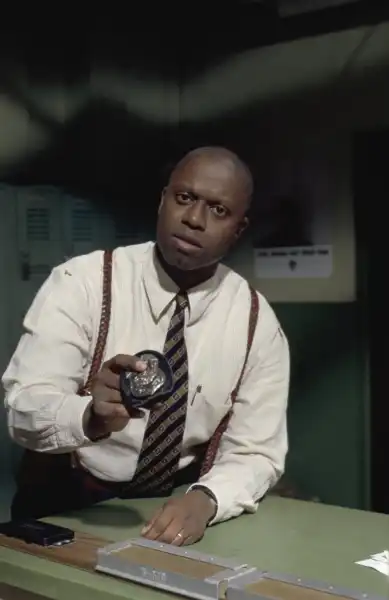
Photograph from NBC / Getty
2. “Spotlight: Snitch City,” a podcast by the Boston Globe’s highly decorated Spotlight investigative unit, commences with one officer endeavoring to hold another responsible for unsettling actions entailing confidential sources in New Bedford, Massachusetts, Herman Melville’s antiquated maritime territory. The exposé serves, palpably, as a reminder that the country’s welfare is contingent upon preserving journalism’s constitutionally safeguarded entitlement to scrutinize those occupying positions of influence. At minimum, one commanding officer has tendered their resignation.
3. James Graham’s “Punch,” a dramatic composition presently staged both on Broadway and in London’s West End, articulates the factual narrative of British progenitors who opted to embrace, rather than despise, a stranger who impulsively struck their son, a paramedic in training, causing his death. This form of reconciliation—cultivating relationships between perpetrators and affected parties—is designated restorative justice, and infrequently receives prominence. Graham could not have been more fitting when he conveyed to the Times recently that “Punch” delves into “the method by which you engender empathy within a pitiless society.”
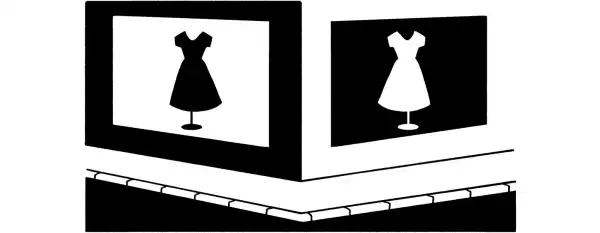
On and Off the Avenue
Rachel Syme on cowgirl couture.
Within Albuquerque, New Mexico, where I was nurtured, cowboy footwear is debatably as prevalent as athletic footwear. Boot-cut denim garments were never an ephemeral fad in the arid Southwest; they’re deemed enduring, the quintessential fusion of aesthetics and practicality. For a multitude of my schoolmates, the fervor for equestrian accoutrements appeared to be less about sheer operability and more about panache; an intense aspiration existed to participate in a weathered heritage, regardless of spending augmented durations meandering through the shopping center than maintaining stables. It comprised a teenage initiation to patronize Dan’s Boots & Saddles, an establishment specializing in Western apparel that has serviced the Albuquerque expanse since 1953, where an extensive assortment of boot varieties, ranging from snakeskin to ostrich hide, embellish the perimeter. I possessed a pair of silver calf-level boots (recognized within the commerce as “roper boots,” owing to their reduced length) that I coupled with every attire, spanning from denim briefs to summer dresses. I donned them until their deterioration.
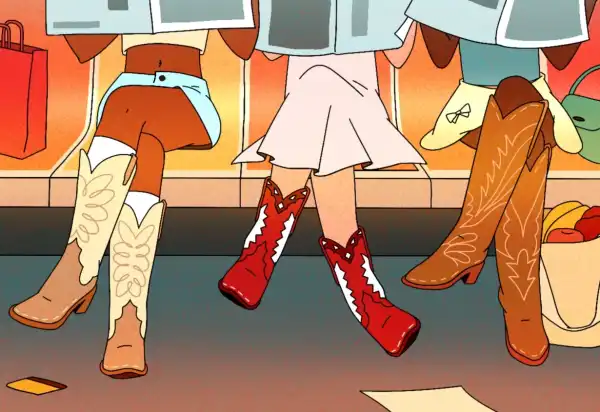
Illustration by Sunny Wu
I contemplated those boots afresh recently, upon entering the extensive novel New York flagship retail outlet for Tecovas, a swiftly expanding brand originating from Austin, Texas, endeavoring to commandeer the contemporary Western-wear infatuation within the United States. In various aspects, Tecovas embodies the antithesis of Dan’s Boots & Saddles—it was never destined as a homegrown, family-managed enterprise. It was inaugurated, in 2015, by Paul Hedrick, a Dallas-bred entrepreneur who departed Texas for Harvard and subsequently pursued employment at a private-investment organization situated in Greenwich, Connecticut. Hedrick, in pursuit of a nascent branding concept, discerned that the American market specifically for Western boots possessed a worth surpassing three billion dollars during that timeframe, and Hedrick liquidated his 401(k) to initiate the venture. Corresponding to Texas Monthly, Hedrick then journeyed to León, Mexico, where numerous globally renowned boots (inclusive of Lucchese) are fabricated, and enlisted artisans who also produce superior brands to collaborate on his concept. Within a duration of five years, he’d inaugurated a colossal headquarters within Austin and accrued nearly thirty million dollars from investors who’d similarly bolstered Warby Parker and Bonobos. (Hedrick relinquished the position of C.E.O. in 2022, yet retains the title of chairman.)
What Tecovas vends is not regional allure, but rather streamlined convenience; it proffers simple styles in approachable pigments at a moderate cost tier (its top-selling knee-high female boot, the Annie, is priced at three hundred and forty-five dollars). Western apparel has escalated within recent years—the market is projected to attain a sum of a hundred and thirty-five billion dollars by 2030—and Tecovas has surged to satiate the requisites with an assortment of quintessential cowboy-chic foundations; it currently manages fifty establishments nationwide and extending. The New York locale, in SoHo, encompasses forty-five hundred square feet, signifying the brand’s most extensive to date—and the one encompassing the greatest features and enhancements. It integrates a boot-buffing station, a bourbon dispensary, and stretching and imprinting services. Giddy-up.
This Week with: Jennifer Wilson
Our writers on their current obsessions.
This week, I loved the cinematic piece “Love,” although not equivalently to my admiration for “Sex.” Notwithstanding,
Sourse: newyorker.com



